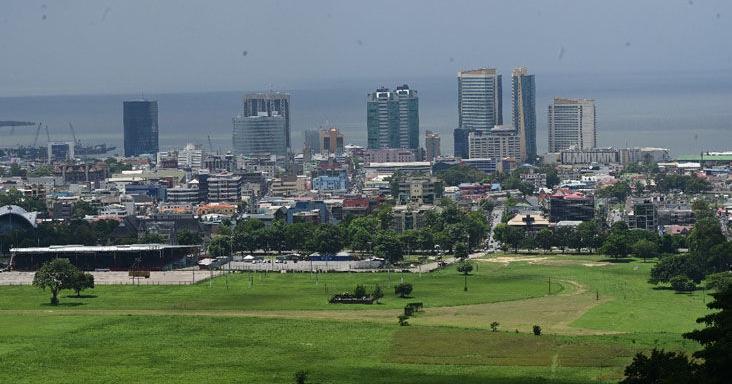Trinidad and Tobago’s economy is expected to grow by just 1% this year, well below the Caribbean region’s average of 3.6%, according to projections from the International Monetary Fund.
This is significantly lower than the IMF’s previous forecast of 2.4%.
In its April 2025 World Economic Outlook report, the IMF had projected 2.4% growth for the country.
With the exception of Haiti, which is forecast to contract by 3.1%, this country is set to record the slowest economic expansion in the region this year.
The IMF also expects the country to post one of the lowest growth rates next year, at a projected 1.2%, ahead of only Haiti.
Guyana is expected to experience growth of 10.3% this year and 23% next year.
On average, Caribbean economies are forecast to grow by 8.2% this year.
The IMF projects that Trinidad and Tobago will see inflation rise 2.2% this year and 2% next year.
Inflation was 0.7% in 2023 and 0.5%in 2024.
According to the IMF’s October 2025 World Economic Outlook, published yesterday, growth in Latin America and the Caribbean is expected to remain steady this year and ease slightly next year.
“Inflation convergence toward targets continues, though at a slower pace. The continued increase in public debt underscores the need for fiscal consolidation. While past reforms have secured price stability and helped anchor inflation expectations, lower public debt and improvements in fiscal stances can aid monetary policy in achieving inflation targets. Addressing low productivity through targeted structural reforms is essential for enhancing business dynamism and boosting growth,” it stated.
The IMF said the global economy is navigating significant policy shifts and persistent shocks amid unusually high uncertainty.
“In this context, growth in Latin America and the Caribbean is expected to be affected by varying exposures to global trade and reliance on remittances, commodities, and global capital markets. Many economies are expected to decelerate, although a rebound in some countries recovering from recent shocks would help sustain regional growth in 2025,” it stated.
“Amid spillovers from global policy shifts and persistent uncertainty, a slight deceleration is projected in 2026, with risks tilted to the downside,” the IMF stated.
The IMF stated that the global economy is adjusting to a landscape reshaped by new policy measures.
“The rules of the global economy are in flux. Details of newly introduced policy measures are slowly coming into focus, and growth prospects are shifting along with them. After the United States introduced higher tariffs starting in February, subsequent deals and resets have tempered some extremes. But uncertainty about the stability and trajectory of the global economy remains acute,” its executive summary stated.
The IMF said the world’s economies, institutions, and markets are adjusting to a landscape marked by rising protectionism and fragmentation, with weak medium-term growth prospects and a need to recalibrate macroeconomic policies.
At the onset of these trade policy shifts and rising uncertainty, the IMF’s April 2025 World Economic Outlook revised the 2025 global growth projection down by 0.5 percentage point to 2.8%.
“This was predicated on tariffs being supply shocks for tariff-imposing countries and demand shocks for the targeted, with uncertainty being a negative demand shock all around. By July, announcements that lowered tariffs from their April highs prompted a modest upward revision to 3%. Inflation projections, while little changed overall, went up for the United States and down for many other economies,” it stated.
“After a resilient start, the global economy is showing signs of a moderate slowdown, as predicted. Incoming data in the first half of 2025 showed robust activity,” it stated.
Global growth is projected to slow from 3.3% in 2024 to 3.2% in 2025 and to 3.1% in 2026, it stated.
